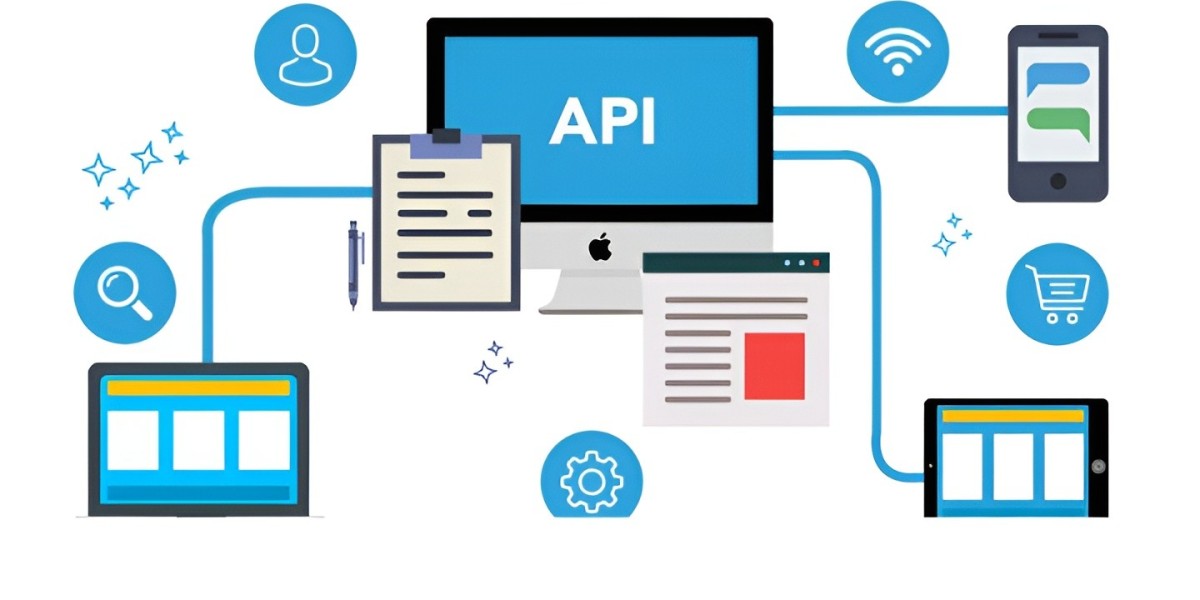Application Programming Interfaces (APIs) serve as the foundation of contemporary software development. They empower various software elements to interact, thus promoting effortless integration and operational capability. Consequently, the testing of API software has evolved into an indispensable aspect of software development. Nevertheless, the process of API testing introduces unique obstacles that can influence the calibre and dependability of your software. In this article, we will delve into the prevalent challenges encountered in API software testing and furnish tactics to surmount them.
Understanding API Software Testing
Before delving into the challenges and solutions, it's important to establish a foundational understanding of API software testing.
API Software Testing, in a technical context, refers to the systematic assessment of an application programming interface (API) to verify its functional, performance, security, and reliability aspects. This evaluation entails the transmission of requests to the API and the subsequent evaluation of the responses, with the objective of confirming its alignment with the intended functionality. API testing procedures may be executed through manual procedures or automated protocols facilitated by dedicated software tools.
API testing is vital for several reasons:
- Ensuring Compatibility: It verifies that the API functions correctly on various platforms and devices.
- Detecting Bugs: It helps identify and fix software bugs early in the development cycle.
- Enhancing Security: API testing can uncover vulnerabilities that could be exploited by malicious actors.
- Improving Performance: It assesses the API's responsiveness and load-handling capabilities.
Common Challenges in API Software Testing
API software testing is not without its difficulties. Here are some of the most prevalent challenges faced by software developers and testers:
1. Lack of Access to the Source Code
Problem: In some cases, testers may not have access to the API's source code, making it difficult to understand how the API is designed and implemented.
Solution: Collaborate closely with the development team to gain a better understanding of the API's structure and functionality. Documentation and clear communication are key.
2. Data Management
Problem: Managing test data for APIs can be complex, especially when dealing with large datasets and multiple endpoints.
Solution: Utilize data management tools and strategies to create, organize, and maintain test data efficiently. Data masking and synthetic data generation can also be beneficial.
3. API Changes
Problem: APIs are subject to change over time, which can break existing test scripts and cause testing bottlenecks.
Solution: Implement version control for APIs and maintain a repository of past API versions. Regularly update and adapt test scripts to accommodate changes.
4. Integration with Third-Party APIs
Problem: Testing APIs that rely on third-party services can be challenging due to external dependencies and limited control.
Solution: Implement mock APIs or virtualization to simulate third-party services for testing. Monitor the third-party API's performance and availability.
5. Security Testing
Problem: Ensuring the security of APIs, including protection against unauthorized access and data breaches, is a crucial yet complex aspect of API testing.
Solution: Perform thorough security testing, including penetration testing and vulnerability assessments. Stay updated on security best practices and standards.
Strategies to Overcome API Software Testing Challenges
Overcoming these challenges requires a combination of best practices and effective strategies:
1. Comprehensive Documentation
Create and maintain detailed API documentation to help testers understand the API's structure and functionality. This documentation should include clear examples of requests, responses, and error handling.
2. Test Automation
Leverage automated testing tools to streamline the testing process, ensuring rapid execution and consistent results. Automation can help identify regressions quickly and maintain test suites efficiently.
3. Version Control
Implement version control for APIs to manage changes effectively. Keep records of past API versions and ensure backward compatibility when making updates.
4. Data Management Tools
Use data management tools to handle test data efficiently. These tools can help create, manipulate, and restore test data, ensuring data consistency across tests.
5. Mocking and Virtualization
Employ mocking and virtualization techniques to simulate third-party dependencies and control external factors during testing. This reduces reliance on external services.
6. Continuous Learning
Stay updated on API testing best practices and security standards. Encourage your team to attend training sessions and workshops to enhance their skills.
Conclusion
Testing API software is an indispensable facet of the software development process, albeit one fraught with distinctive hurdles. This article delineates the strategies to comprehend and address these obstacles, enabling software developers and testers to safeguard the dependability, security, and efficiency of their APIs. Conquering these impediments is imperative to furnish top-tier software that aligns with user requisites and industry benchmarks.








